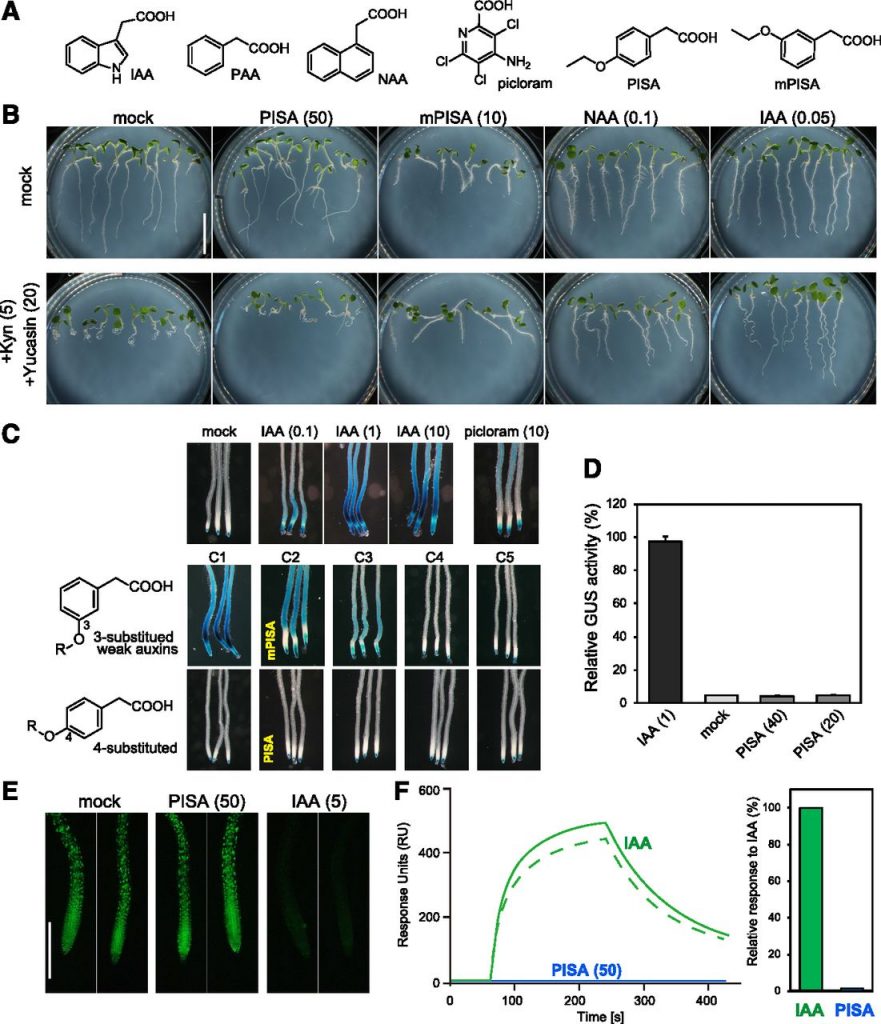
Pinstatic acid promoters auxin transport by inhibiting PIN internalization (Plant Physiol)
Plant Science Research WeeklyAuxin transport regulated by directional transporters such as PIN (PIN-FORMED) proteins ensures maintenance of proper auxin levels for growth and development. Plants modulate auxin flow by regulating the localization of PIN through exocytosis and endocytosis allowing recycling of PIN protein within a…
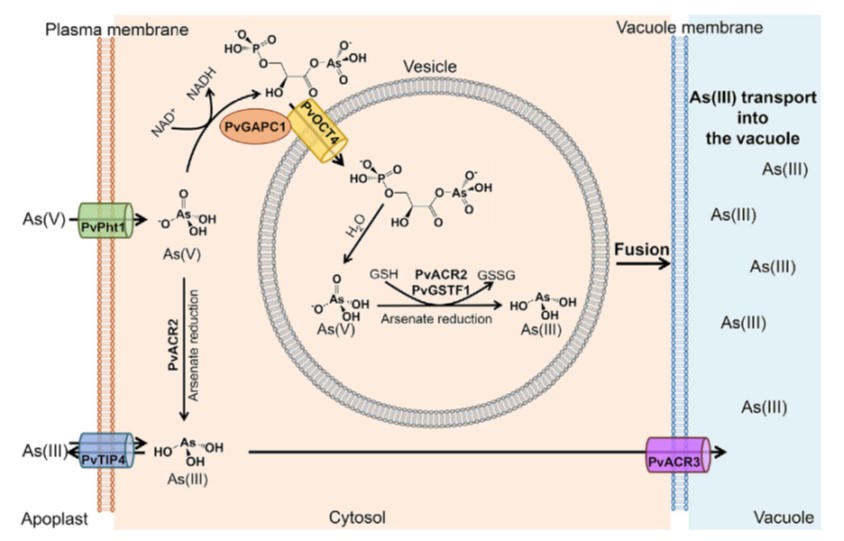
A simple arsenic detoxification strategy in the fern Pteris vittata ($) (Curr Biol)
Plant Science Research WeeklyArsenic contamination is a growing human health threat. The fern Pteris vittata demonstrates a remarkable capacity to accumulate and sequester high levels of the toxic heavy metal arsenic from contaminated environments. Cai et al. used an ‘omics’-guided approach to identify and characterize the molecular…
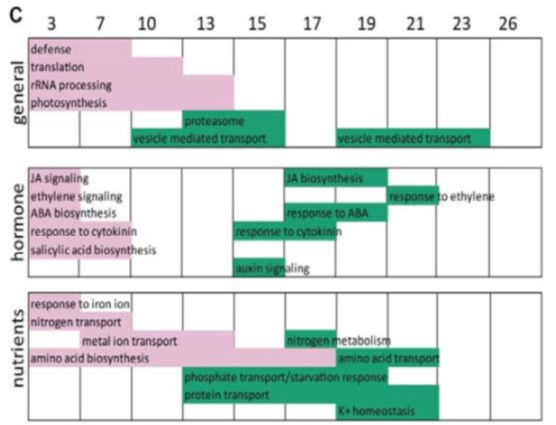
Identification of transcription factors regulating senescence in wheat through gene regulatory network modelling (Plant Physiol)
Plant Science Research WeeklyLike other seed crops, wheat yields depend in part on the efficiency with which nutrients stored in leaves are mobilized into the developing seeds. This depends on the several processes from macromolecule breakdown to transport, as well as the timing of leaf senescence. Borrill et al. used RNA analysis…
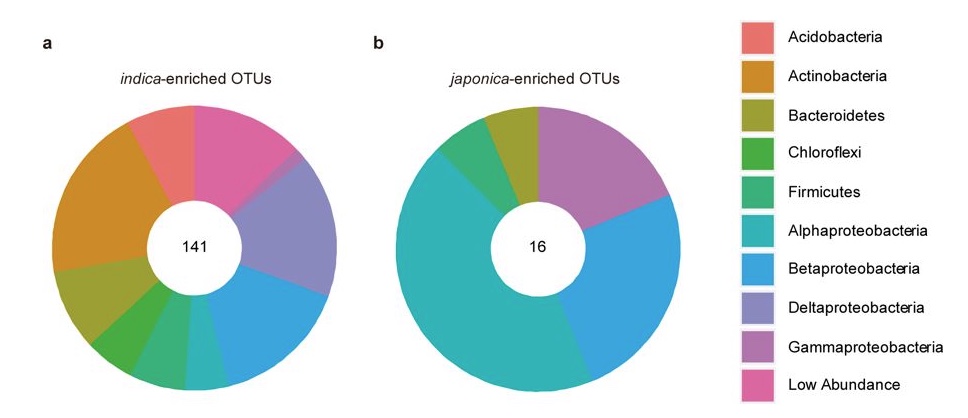
NRT1.1B is associated with root microbiota composition and nitrogen use in rice ($) (Nature Biotechnol)
Plant Science Research WeeklyAvailability of nitrogen has always been a limiting factor for rice production. Different soil inhabitants and root-associated bacterial populations are involved in making nitrogen available to plants in organic as well as in inorganic forms. However, plant absorption of nitrogen is selective and affects…
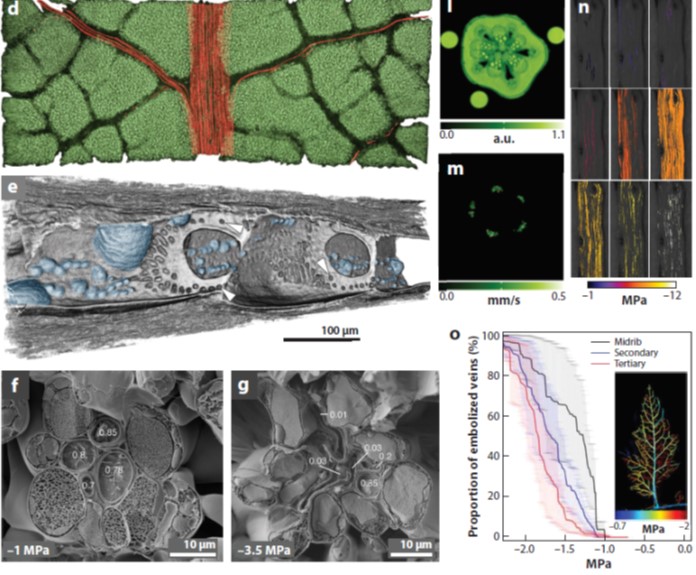
Review: Functional status of xylem through time ($) (Annu Rev Plant Biol)
Plant Science Research WeeklyIf you haven’t been paying attention, you may have missed the great advances that have been taking place in xylem research recently. This excellent review by Brodersen et al. is your chance to catch up. Like all aspects of plant science, new tools and techniques have provided tremendous new insights…
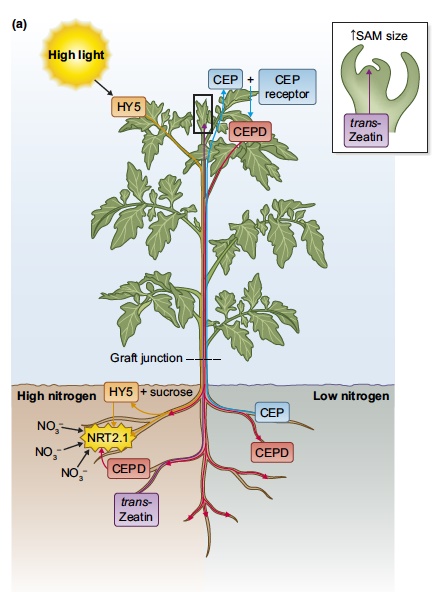
Review: Connecting the pieces: uncovering the molecular basis for long-distance communication through plant grafting (New Phytol)
Plant Science Research Weekly
Grafting is an ancient vegetative asexual plant propagation technique. It is characterized by the connection of two plant segments, the shoot piece known as ‘scion’ and the root piece called ‘rootstock’ or simply 'stock'. Grafting is widely used in agriculture to improve crop production and…
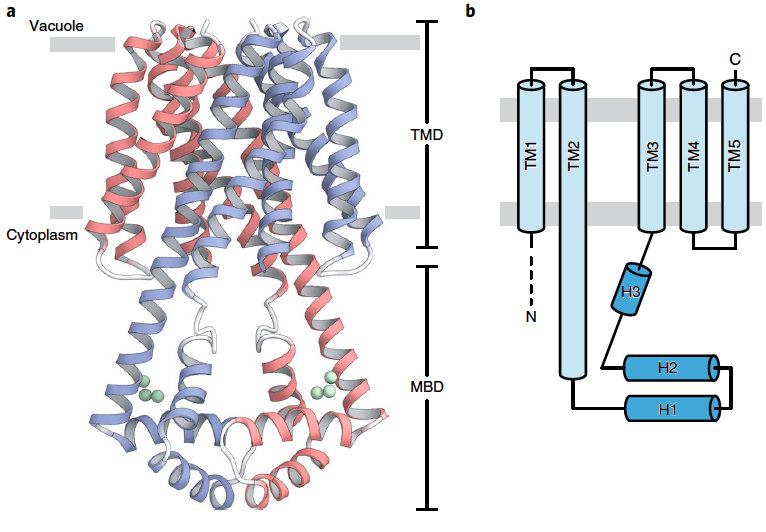
Crystal structure of plant vacuolar transporter VIT1 (Nature Plants) ($)
Plant Science Research WeeklyIron is an essential nutrient for plants that participates in cellular processes such as DNA replication, photosynthesis, and respiration. Excess iron accumulation is harmful to plants due to its participation in the generation of reactive oxygen species, which can damage cellular machinery. One of the…
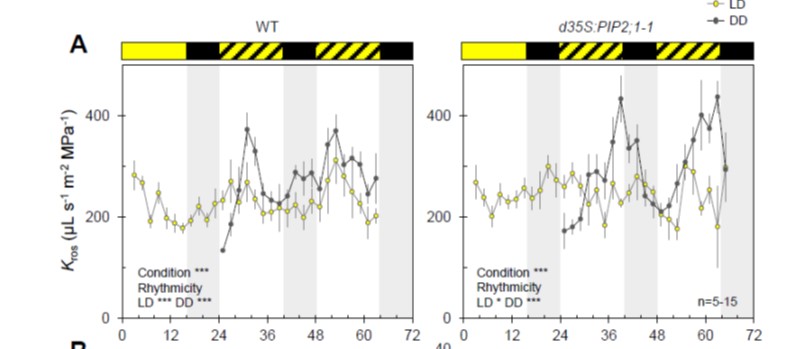
Oscillating aquaporin phosphorylations and 14-3-3 proteins mediate circadian regulation of leaf hydraulics (Plant Cell)
Plant Science Research WeeklyPlant activities change drastically between the light and dark times of day. Many of these different activities can be observed through transcriptional studies, which show that gene expression goes up and down over the course of the day. Many of these transcriptional changes are driven by the circadian…

Hydraulic Regulation of Stomata in Ferns
Plant Physiology, Plant Physiology: On The InsideStomatal responses to environmental and endogenous signals in vascular plants are critical for regulating plant gas exchange with the atmosphere. In addition, stomatal closure is vital for minimizing water loss and preventing lethal embolism during drought. The vast majority of studies concerning stomatal…

